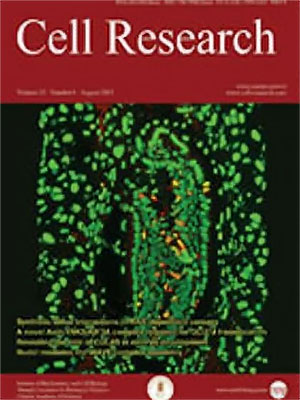
Volume 14, No 5, Oct 2004
ISSN: 1001-0602
EISSN: 1748-7838 2018
impact factor 17.848*
(Clarivate Analytics, 2019)
Volume 14 Issue 5, October 2004: 349-360
REVIEWS
Biomarkers of neurodegenerative disorders: How good are they?
Varun Rachakonda1, Tian Hong Pan1, Wei Dong Le2,3,4*
1Department of Neurology, Baylor College of Medicine, Houston, TX, USA
2Health Science Center, Shanghai Institutes for Biological Sciences/Shanghai 2nd Medical University, Shanghai, China.
3Institutes of Biomedical Sciences, Ruijin Hospital, Shanghai 2nd Medical University, 197 Ruijin Er Road, Shanghai, China
4Model Organism Division, E-Institutes of Shanghai Universities, Shanghai, China.
Correspondence: Wei Dong LE(wdl@sibs.ac.cn)
Biomarkers are very important indicators of normal and abnormal biological processes. Specific changes in pathologies, biochemistries and genetics can give us comprehensive information regarding the nature of any particular disease. A good biomarker should be precise and reliable, distinguishable between normal and interested disease, and differential between different diseases. It is believed that biomarkers have great potential in predicting chances for diseases, aiding in early diagnosis, and setting standards for the development of new remedies to treat diseases. New technologies have enabled scientists to identify biomarkers of several different neurodegenerative diseases. The followings, for instance, are only a few of the many new biomarkers that have been recently identified: the phosphorylated tau protein and aggregated β-amyloid peptide for Alzheimer's disease (AD), α-synuclein contained Lewy bodies and altered dopamine transporter (DAT) imaging for Parkinson's disease (PD), SOD mutations for familial amyotrophic lateral sclerosis (ALS), and CAG repeats resulted from Huntington's gene mutations in Huntington's disease (HD). This article will focus on the most-recent findings of biomarkers belonging to the four mentioned neurodegenerative diseases.
FULL TEXT | PDF
Browse 1983


